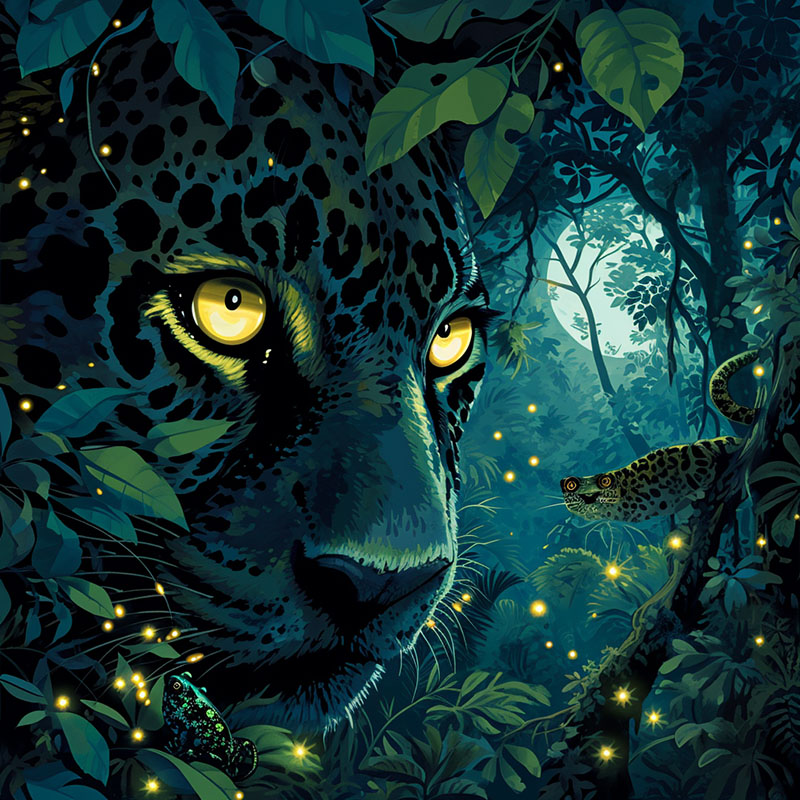
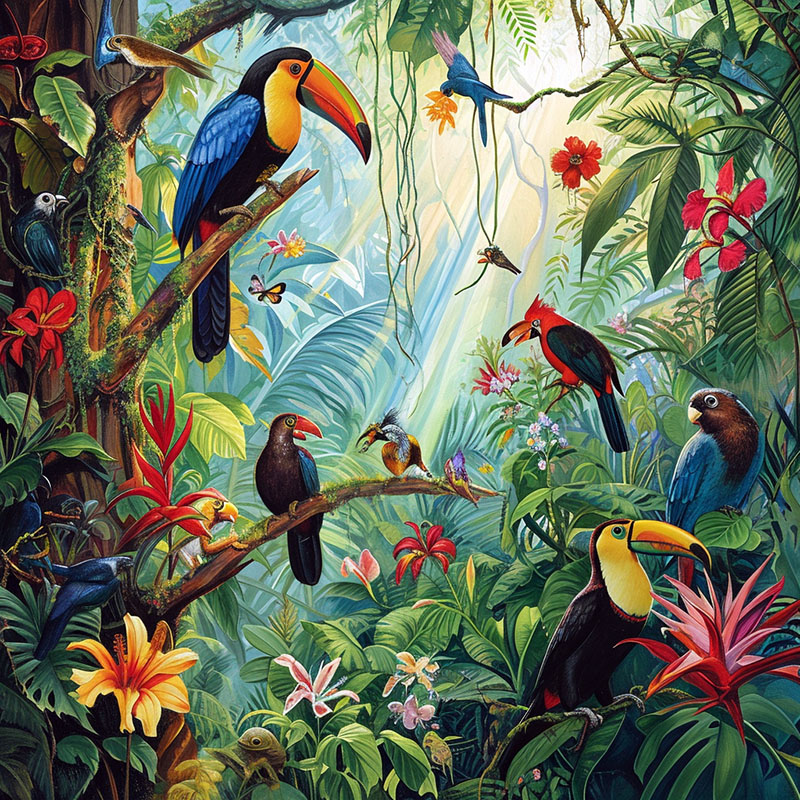
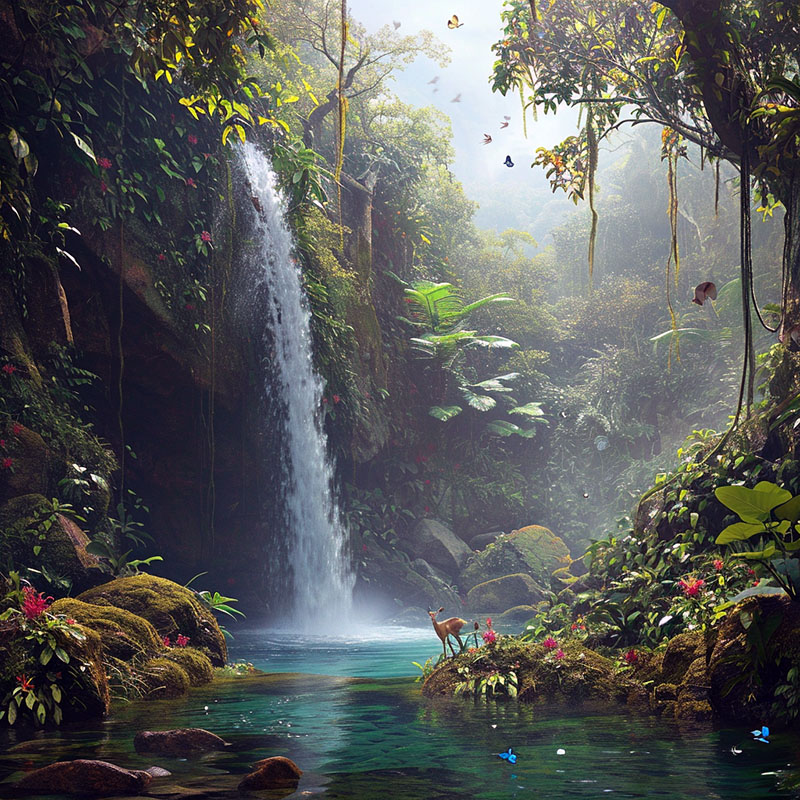
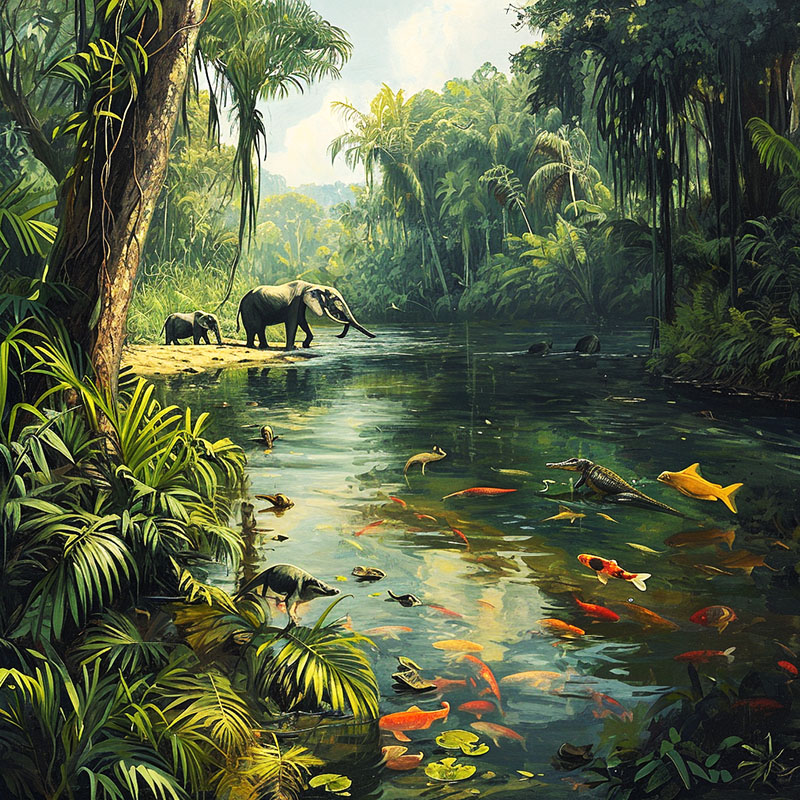
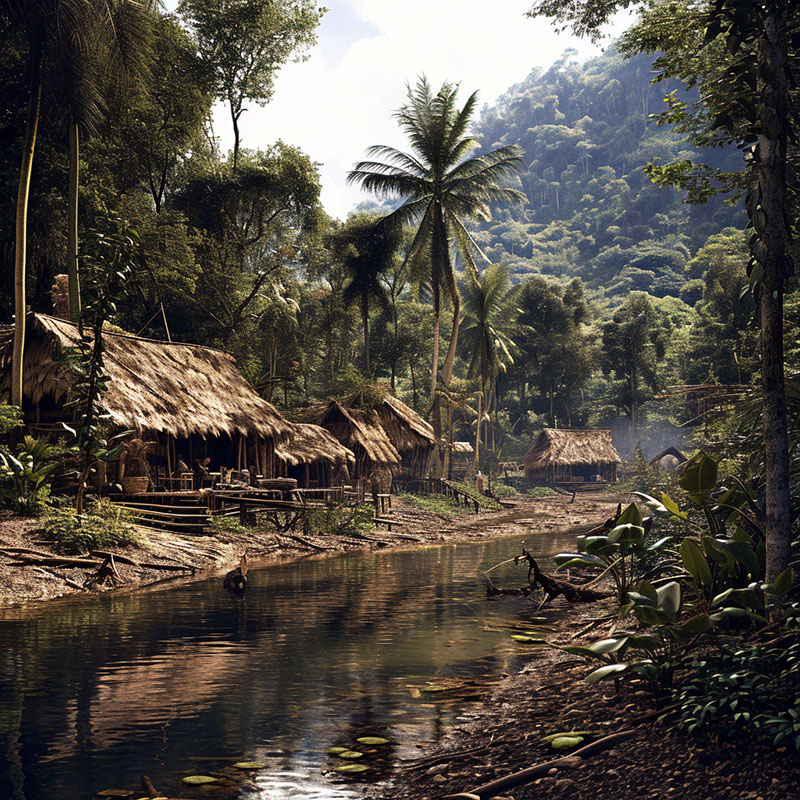
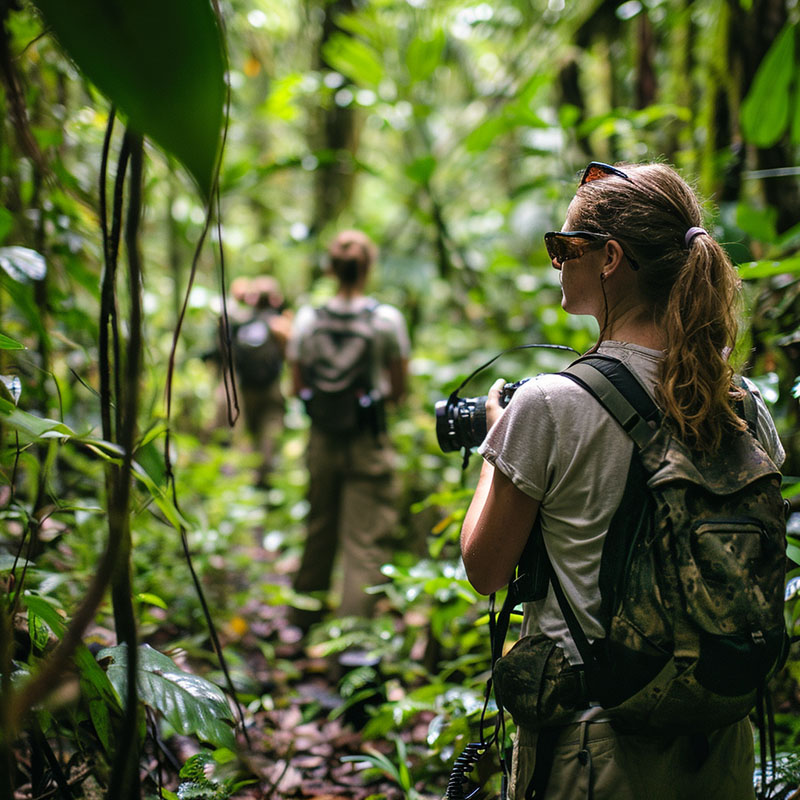

Amazon recommendation: The Remarkable Rainforest : An Active-Learning Book for Kids (paid link) - The Remarkable Rainforest, written to help kids learn about the plight of rainforests, is packed with activities. Kids can grow a mini-rainforest that makes its own rain, learn how to get a "crocodile eye," make a paper bromeliad that holds live tadpoles, or go on a rainforest scavenger hunt. Children love the author's "Rainforest Journal" about her experiences in the rainforests of Costa Rica. The Remarkable Rainforest is meticulously researched, contains up-to-date information, beautiful photos and artwork, and helpful references, including a glossary, a bibliography of books for kids about the rainforest, and lists of environmental organizations and rainforest exhibits.
The slightest clearing in the vast rainforests of the Amazon can wreak havoc with the inhabitants, impeding the movement of species and disrupting their communities, according to the results of a 22-year investigation published in the June issue of Conservation Biology. A team of researchers led by William F. Laurance of the Smithsonian Tropical Research Institute reviewed more than 340 articles and papers generated by the Biological Dynamics of Forest Fragments Project (BDFFP), the world's largest and longest-running study of habitat fragmentation, since its inception in 1979.
They found that the effect of habitat fragmentation on the structure, composition and function of rainforests is far-reaching and widely felt. It increases local extinction rates for many plant and animal species; drastically alters species richness and abundance; and disrupts ecological processes, as well as creating opportunities for non-native species invasions, altering forest carbon storage and increasing vulnerability to fire.

"A surprising number of wildlife species are extremely sensitive to very small clearings," said Laurance. "Even a 30-meter-wide road alters the community composition of understory birds and other wildlife, and creates a complete barrier to the movements of some species."
Laurance believes the results of the analysis indicate clearly that Amazonian nature reserves will have to be very large in order to maintain their diversity and dynamics, and to withstand external threats from such human disturbances as burning, logging and hunting.
The Biological Dynamics of Forest Fragment Project, a joint effort of the National Institute for Amazonian Research (INPA) in Brazil and the Smithsonian Tropical Research Institute, seeks to answer questions about plant and animal relations, the biology of extinction, the process of forest regeneration, and the effects of forest edge and fragmentation on the genetic structure of tropical species.
The Smithsonian Tropical Research Institute, headquartered in Panama City, Republic of Panama, is one of the world's leading centers for research on the ecology, evolution and conservation of tropical organisms.